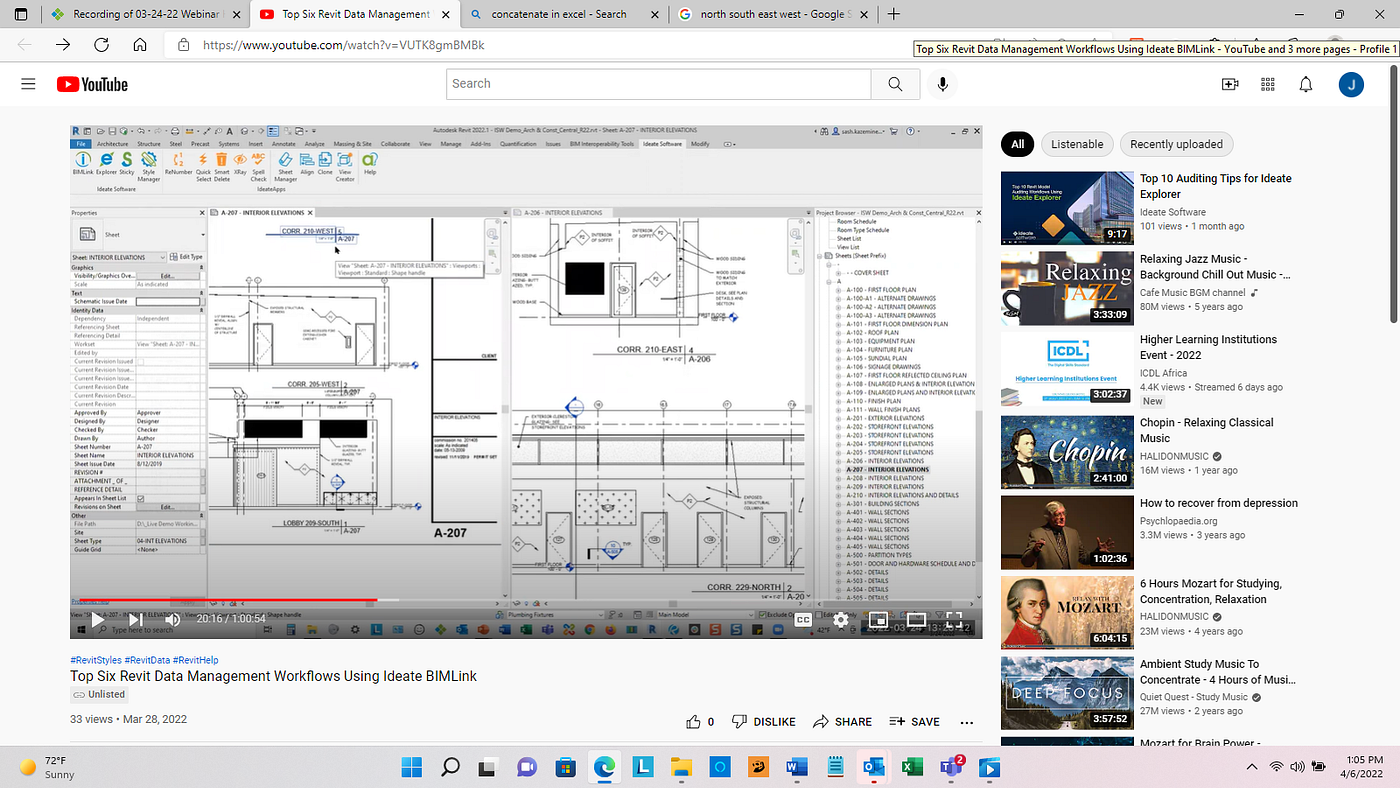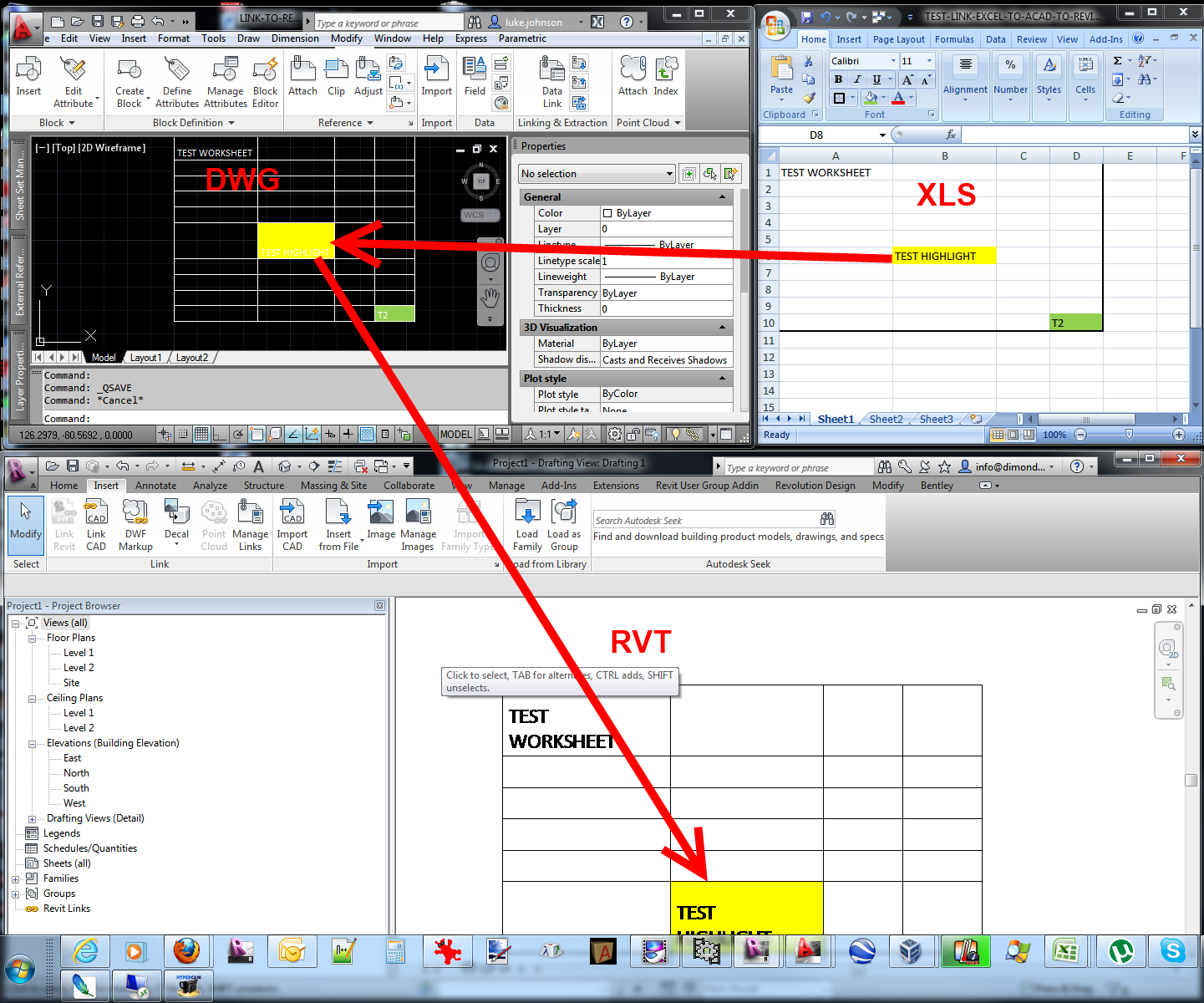Raise Your Revit Experience with Essential Revit Tools and Add Ins
Wiki Article
Revit Excel Combination Demystified: Streamlining Process for Boosted Project Coordination
Look no additionally, due to the fact that Revit Excel Combination is here to debunk the procedure and streamline your projects. In this write-up, we will certainly lead you with the importance of Revit Excel Combination, reveal you how to streamline process, and give finest practices for effective combination.The Value of Revit Excel Combination
You require to recognize the significance of Revit Excel combination to effectively enhance your process and improve project sychronisation. The assimilation of Revit, an effective structure info modeling (BIM) software program, with Excel, a widely utilized spread sheet program, gives various advantages for engineers, engineers, and building and construction specialists.

By incorporating Revit with Excel, you can remove hand-operated information entrance and lower the risk of mistakes. This not just conserves time yet additionally makes sure accuracy in your project documentation. You can upgrade information in Excel, and it will immediately upgrade in Revit, keeping consistency throughout your task.
Moreover, Revit Excel assimilation improves project coordination by allowing effective cooperation amongst group participants. With information synchronized between Revit and Excel, everybody can access one of the most current details and collaborate perfectly. This promotes smoother interaction, decreases problems, and improves total task efficiency.
Exactly How to Improve Workflows With Revit Excel Integration
Maximize your process by seamlessly connecting Revit and Excel to streamline your workflow. By integrating these two effective devices, you can improve job coordination and improve efficiency in your job. With Revit Excel combination, you can conveniently move data between the two systems, enabling seamless interaction and cooperation.

One more benefit of Revit Excel combination is the ability to create custom records and examine information better. With Excel's robust features, you can execute sophisticated calculations, produce charts and charts, and produce extensive records based upon the information from your Revit models. This allows you to obtain beneficial understandings and make informed choices throughout the job.
Enhancing Task Control With Revit Excel Integration
By seamlessly attaching your layout software program with powerful information evaluation devices, you can substantially boost the sychronisation of your projects. Revit Excel integration enables you to streamline your workflows and improve project control by removing manual data entry and decreasing mistakes. With this integration, you can conveniently transfer information between Revit and Excel, guaranteeing that all project details depends on day and accurate.Among the vital advantages of Revit Excel assimilation is the capability to import and export information between both software application perfectly. This suggests that you can conveniently import existing job information from Excel right into Revit, saving you effort and time in returning to details. Likewise, you can export task information from Revit to Excel, allowing you to do advanced analysis and estimations using the effective features of Excel.
Moreover, Revit Excel integration allows you to produce vibrant links in between the two software application (revit tools). This suggests that any type of modifications made in Revit will automatically update in Excel, and vice versa. This guarantees that all job stakeholders are dealing with the most current info, enhancing job sychronisation and decreasing the threat of mistakes
Conquering Challenges in Revit Excel Combination
When getting rid of obstacles in the integration of Revit and Excel, it's crucial to ensure seamless information transfer and decrease errors. One typical difficulty is the compatibility of information formats between Revit and Excel.One more obstacle is the absence of synchronization between Revit and Excel. It's important to develop a clear workflow that guarantees both platforms are upgraded in real-time. This can be attained by using cloud-based collaboration tools or establishing a system for routine information syncing.
Managing large datasets can also be troublesome. Revit and Excel have various capacities when it involves taking care of big quantities of information. To overcome this challenge, you can split the data into smaller, manageable portions or use data filtering strategies to focus on details locations of rate of interest.
Lastly, human mistake can bring about disparities between Revit and Excel information. It's vital to educate staff member on the combination procedure and establish quality assurance actions to capture any errors. Routine audits and cross-checks can aid recognize and remedy any inconsistencies.
Best Practices for Successful Revit Excel Integration
To make sure effective integration of Revit and Excel, it's essential to comply with some ideal techniques that will help improve your process and decrease errors. In addition, when linking Excel data right into Revit, ensure that the data is tidy and free from any kind of formatting problems that might create errors.An additional vital practice is to routinely update your Excel data in Revit. Make it a practice to examine and upgrade the information at routine periods, particularly when modifications are made to the job.

Final Thought
So, there you have it - revit Excel combination doesn't need to be a challenging job. By improving your workflows with this powerful combination, you can improve project sychronisation and achieve better performance. Keep in mind to get over any kind of challenges that may arise and follow ideal techniques for effective combination. With revit Excel integration debunked, you'll be well on your means to making best use of the possibility of these tools and taking your projects to brand-new elevations.You can export your Revit routines to Excel, make changes or updates in Excel, and after that import the updated information back into Revit with just a couple of clicks. Revit Excel integration permits you to improve your operations and enhance project control by eliminating hand-operated data access and minimizing errors. With this combination, you can easily move data in between Revit and Excel, guaranteeing that all task info is up to date and exact.
You can export project information from Revit to Excel, allowing you to do advanced analysis and estimations using the effective features of Excel.
Furthermore, import excel into revit when connecting Excel data right into Revit, ensure that the data is tidy and free from any format concerns that might create mistakes.
Report this wiki page